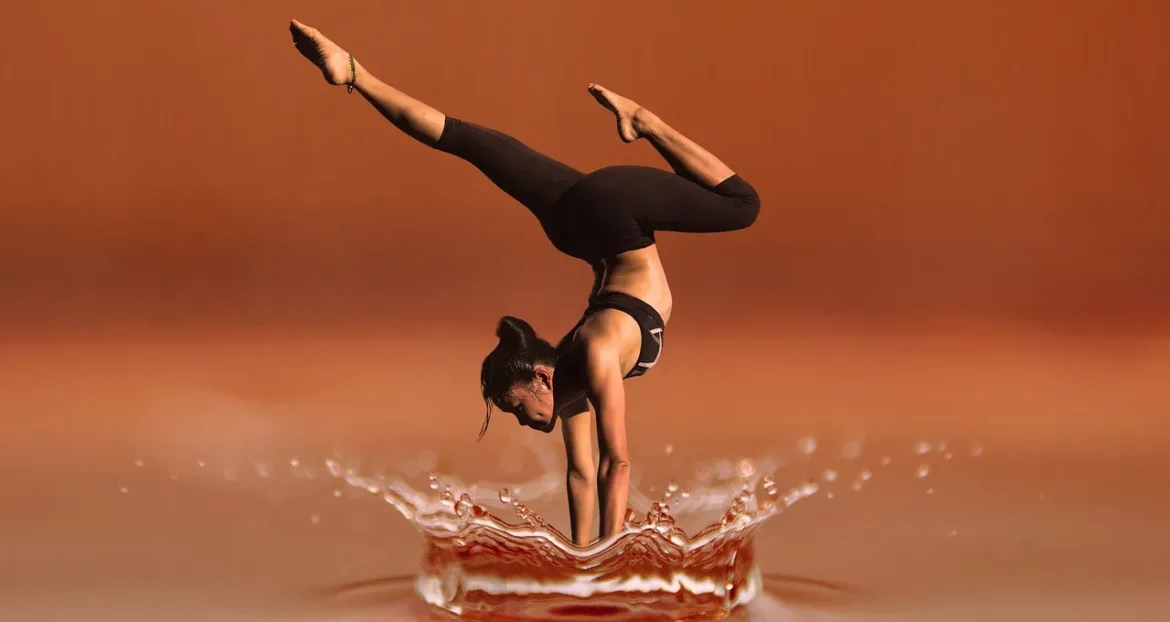Introduction
Yoga, an ancient practice with its roots in India, has spread across the globe, offering solace, healing, and growth to millions. While many are familiar with the general concept of yoga, few are aware that there are multiple types, each with its distinctive approach and benefits. In this article, we will journey through the 5 types of yoga, shedding light on their characteristics and helping you discover which might be the best fit for your personal journey.

Table of Contents
5 Types of Yoga
Hatha Yoga

Origin and Philosophy
Hatha Yoga is often dubbed the mother of all yogas, serving as the foundation for many other styles. It emphasizes physical postures, breathing exercises, and meditation, aiming to bring balance to the body and mind.
Benefits and Practice
By practising Hatha, individuals can enhance flexibility, strength, and mental clarity. Sessions are generally slower-paced, making it ideal for beginners or those looking to deepen their foundational knowledge.
Kundalini Yoga

Origin and Philosophy
Kundalini is the “yoga of awareness.” It focuses on awakening the kundalini energy believed to lie dormant at the base of the spine. Through a combination of postures, breathing exercises, and the chanting of mantras, practitioners seek spiritual enlightenment.
Benefits and Practice
Kundalini offers both physical and spiritual benefits. It can increase one’s vitality, expand consciousness, and cultivate a deep sense of inner peace.
Ashtanga Yoga

Origin and Philosophy
Ashtanga Yoga is a rigorous style based on ancient yoga teachings. It involves a specific sequence of postures synchronized with breath, promoting internal purification.
Benefits and Practice
This type of yoga can lead to improved cardiovascular fitness, enhanced stamina, and a focused mind. Due to its intense nature, it’s best suited for experienced yogis.
Bikram Yoga
Origin and Philosophy
Founded by Bikram Choudhury, this style involves practising 26 specific poses in a room heated to 95-108 degrees. The heat facilitates deeper stretches and promotes detoxification.
Benefits and Practice
Bikram can aid weight loss, improve flexibility, and increase circulation. However, it might not be suitable for everyone, particularly those sensitive to high temperatures.

Iyengar Yoga
Origin and Philosophy
Developed by B.K.S. Iyengar, this style places a strong emphasis on precision and alignment in poses. It often incorporates props like belts, blocks, and wall ropes.
Benefits and Practice
Iyengar is excellent for building strength, improving posture, and cultivating a deep understanding of each pose. It’s suitable for all levels, particularly those recovering from injuries.

Why Choose Among the 5 Types of Yoga?
Yoga isn’t just a physical activity; it’s a lifestyle, a philosophy, and a pathway to well-being. By understanding the different types available, you can align your practice with your personal goals, whether they are physical, mental, or spiritual.

Conclusion
Embarking on a yoga journey is a decision that can profoundly impact one’s life. The 5 types of yoga each offer unique insights, challenges, and benefits. As you dive into this ancient practice, may you find the path that resonates most deeply with your spirit, bringing you closer to balance, peace, and well-being.

FAQs
How do I choose the right type of yoga for me?
Consider your goals, current physical condition, and personal preferences. If you’re a beginner or seeking relaxation, Hatha might be a good start. If you’re looking for intensity, Ashtanga or Bikram could be up your alley.
Is it okay to practice multiple types of yoga?
Yes! Many individuals find benefits in diversifying their practice, taking what resonates with them from each type.
How often should I practice yoga?
This depends on your goals. Some find daily practice beneficial, while others might opt for a few times a week. Listen to your body and consult with a trusted instructor.
Can I practice yoga at home?
Yes, with numerous online resources and books available, you can practice yoga at home. However, attending classes can offer guidance, especially when starting.
Are there any risks involved in practising yoga?
As with any physical activity, there’s a risk of injury. Always warm up, practice under guidance, and listen to your body.
Do I need special equipment for yoga?
A yoga mat is the most basic requirement. Depending on the type of yoga and your preference, you might also consider props like blocks or straps.



